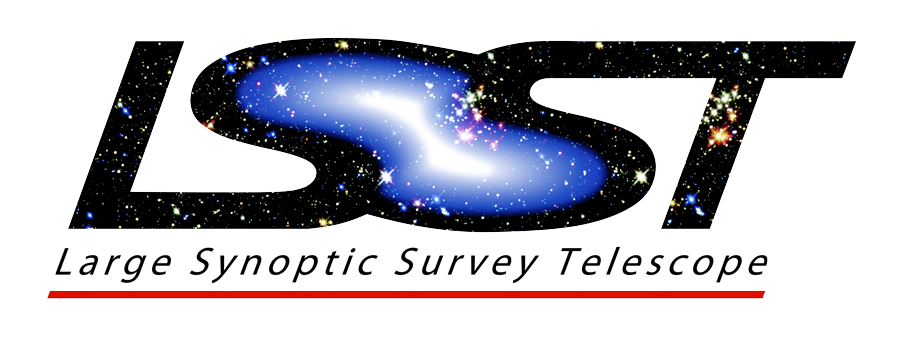Blending Workshop 2 - Overview of Blending Challenges for LSST Science
As the second of two sessions to lay the groundwork for the Workshop on Impacts of Blending on LSST Science, this session will provide a high level overview of the blending challenges for different types of science at LSST depths. We anticipate that the session will describe the major blending challenges for different areas of LSST science including the following:
- Accurate classification, photometry, and astrometry of point sources in crowded fields.
- Galaxy detection, photometry and shear estimation in field and galaxy cluster environments.
- Reliable photometry of resolved galaxy images in the presence of extended low surface brightness wings, foreground stars, close companions, irregular variations in surface brightness, and the presence of low surface brightness light.
- Optimal deblending approaches for active galactic nuclei and transient sources in galaxies.
- Accurate differentiation of cases of comet-like activity associated with solar system objects from cases where faint background sources simply mimic such activity.
Please contact the session organiser (Sarah Brough, s.brough@unsw.edu.au) if you have questions about, or would like to contribute to, this session.
Agenda
We will start with a set of 5-min presentations (+2 min for questions) from the Science Collaborations (SCs). All presentations are in the single set of attached slides.
- Galaxies SC (Brant Robertson)
- AGN SC (Niel Brandt)
- Strong Lensing SC
- Dark Energy SC (David Kirkby / Pat Burchat)
- Transient/variable stars SC (Federica Bianca)
- Solar System SC (Henry Hsieh)
- Stars, Milky Way and Local Volume SC (John Gizis)
This will be followed by time for discussion. The expected outcomes of this session are:
- An inventory of challenges.
- Identified overlaps or common challenges between SCs.
- Identified ideas for unconference sessions.
Google doc for scribe notes (key findings, next steps, actionable items).
